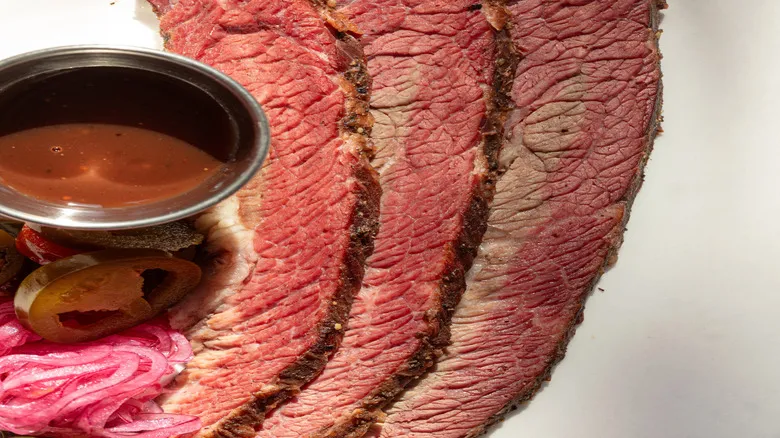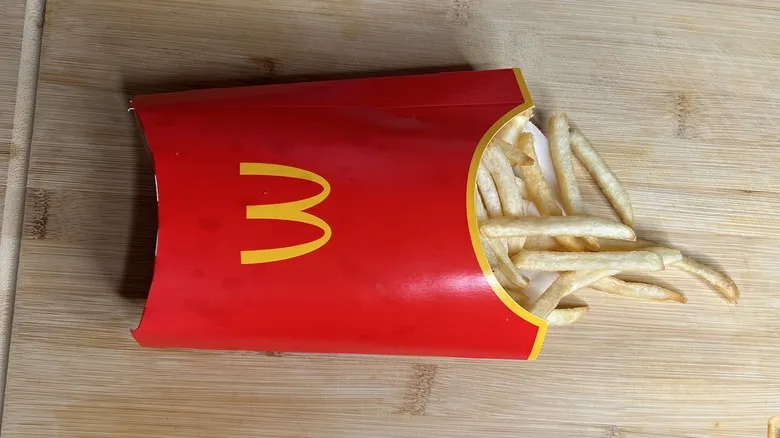Avoiding squishy steaks
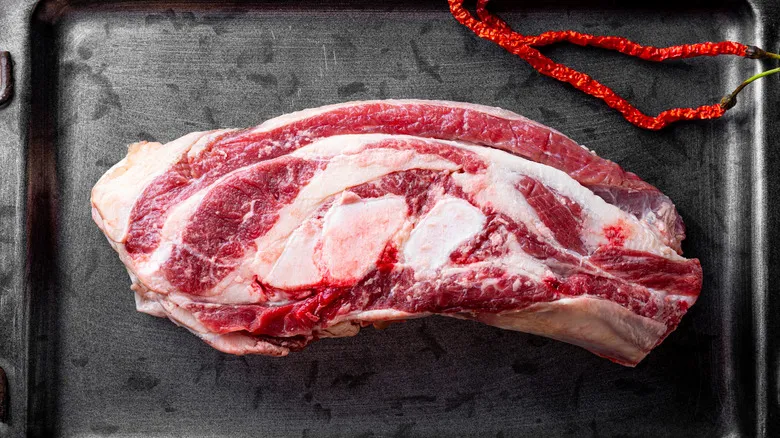
A steak that feels excessively soft at the supermarket raises several red flags. Raw meat, particularly a cut like brisket, will gradually lose its firmness over time. This means that the steak you’re considering could be stale at best or spoiled at worst—spoiled meat often appears slimy. The most reliable indicator of rotten steak is its smell, which can be tricky if you’re purchasing a sealed package. Don’t hesitate to press on the steak before buying it; it should bounce back when you poke it, rather than remain flat.
When assessing color, you should be wary of any shade that deviates from red or reddish-purple. Yellow or moldy green indicates spoilage, and a raw brown steak suggests it’s past its prime. While beef will naturally darken when exposed to oxygen in the fridge, you should avoid purchasing it in that state, as it may become mushy when cooked.
Every section of the brisket, from the flat to the point to the deckle (if the butcher hasn’t removed it, which they typically should), should meet quality standards. If it appears fresh, brisket is an excellent choice for smoking or slow cooking, resulting in a firm and juicy dish.
Recommended
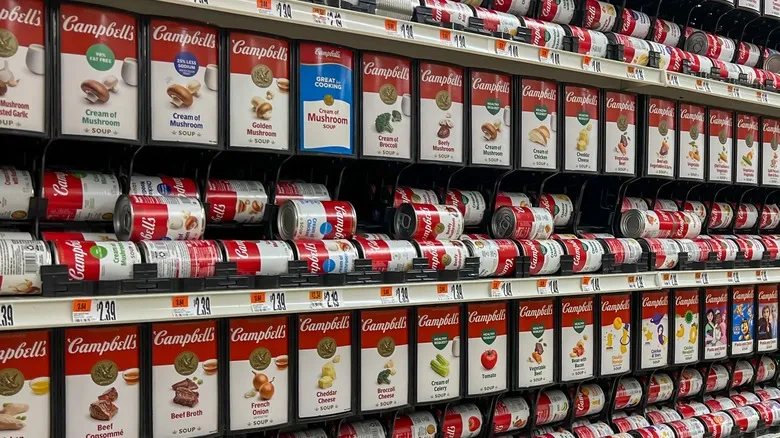
Can You Eat Canned Soup Without Heating?
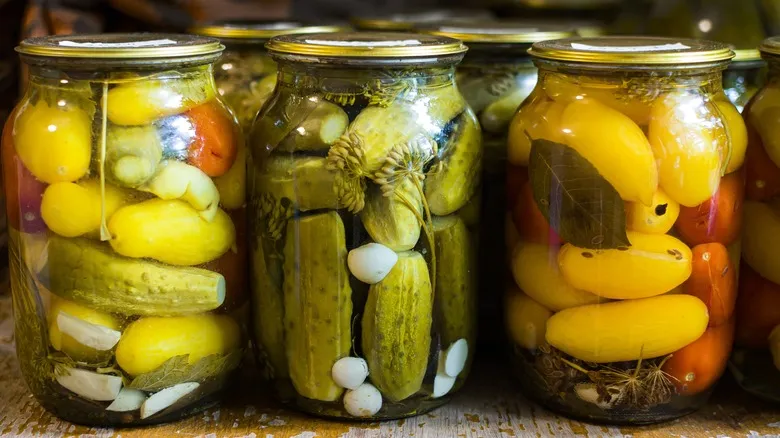
Do You Actually Need To Store Pickles In The Fridge?
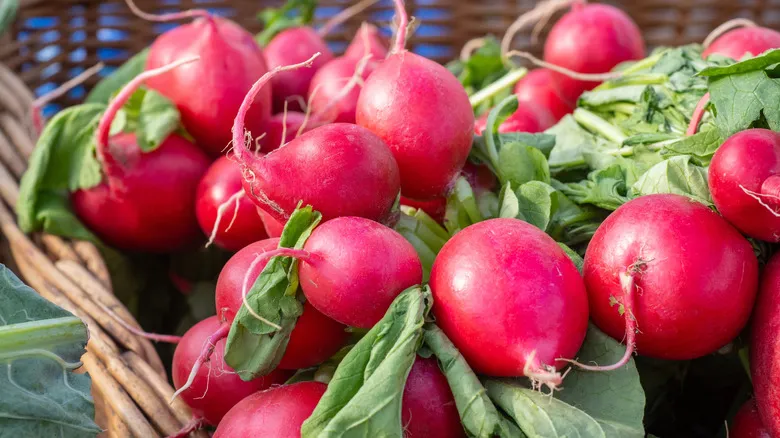
Are Radish Greens Edible?
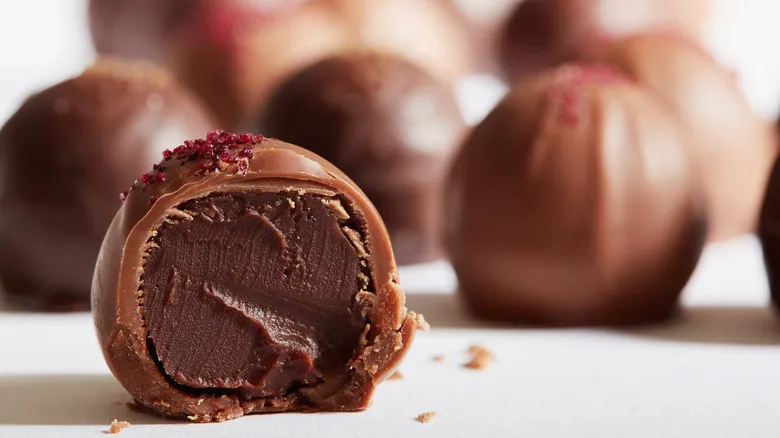
Why You Should Never Serve Frozen Chocolate Truffles
Next up

